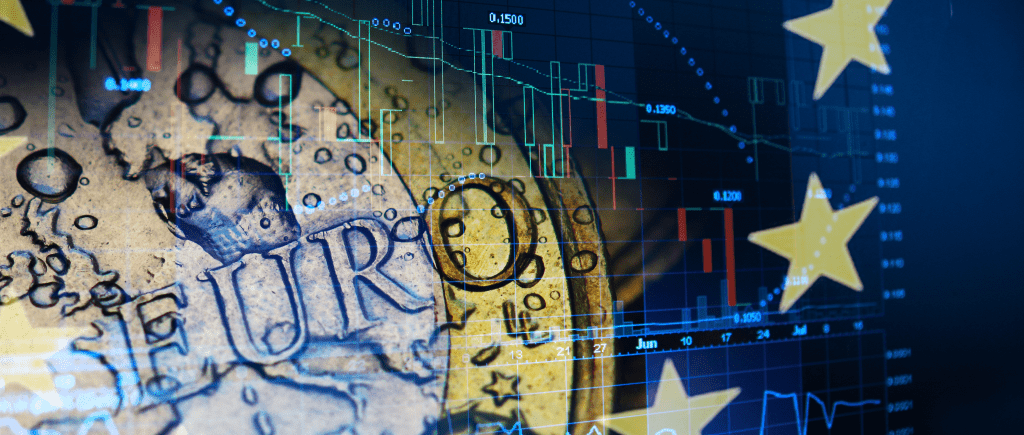The European Central Bank (ECB) is on track to meet its 2% inflation target, according to Vice President Luis de Guindos, who expressed confidence in the ECB’s monetary policy approach. In a statement to Spanish broadcaster Antena 3 on Friday, de Guindos reaffirmed the ECB’s commitment to bringing inflation to its target, which is why the central bank has taken the decision to lower interest rates.
Earlier this month, the ECB reduced rates for the eighth time in 2025, a move designed to bolster the euro area economy, which has been facing growing pressure. However, the bank indicated that it is likely to pause rate cuts in its upcoming meeting, citing the ongoing uncertainty surrounding trade tensions with the United States.
Inflation in the euro area, which surged to double digits in late 2022, eased to 1.9% in May, coming closer to the ECB’s target. The central bank has forecast that inflation will remain below the 2% threshold through 2026, signaling a relatively stable economic outlook.
The ECB’s decision to reduce rates eight times since June 2024, cutting a total of two percentage points, comes amid a challenging economic environment. Prior to the rate cuts, the euro zone economy was already under strain, and it faced additional volatility due to shifting U.S. economic and trade policies.
With inflation now hovering just below the 2% target, ECB President Christine Lagarde recently suggested that the central bank may pause further rate cuts. Following the ECB’s decision to lower rates earlier this month, Lagarde indicated confidence in the current monetary policy stance, saying, “We are well-positioned after that 25 basis point rate cut and with the rate path as it is. With today’s cut, at the current level of interest rates, we believe we are in a good position.”
Market participants are now pricing in a potential pause in July, with expectations of only one more rate cut later in the year, likely in December. Economists have interpreted Lagarde’s comments as a strong signal that the ECB’s current easing cycle, which has been the most aggressive since the 2008–2009 financial crisis, may be nearing its end.
 Noor Trends News, Technical Analysis, Educational Tools and Recommendations
Noor Trends News, Technical Analysis, Educational Tools and Recommendations





